
A police unit launched to crack down on the surge in shoplifting has arrested 93 members of 28 organised crime gangs behind more than £4m worth of thefts.
The national team has also identified 228 previously unknown offenders and 70 vehicles involved in retail crime in the seven months since it was launched, according to the National Police Chiefs’ Council (NPCC).
Police say it’s the first time officers have mapped the gangs targeting shops and supermarkets around the country to see where they’re operating.
Of the 93 people arrested, 32 have appeared in court, while five have been deported.
Three shoplifters believed to be behind around 120 crimes across the country worth at least £200,000 were jailed at Guildford Crown Court last month.
Laura Miron, 27, OvIliv Firan, 38, and Nicolae Boia, 30, all from west London, stole champagne in one spree worth more than £4,500 as they targeted large supermarkets to steal razors, alcohol and other goods.
Surrey Police said they were key figures in a much larger organised crime gang, responsible for around 800 offences across the country, which has ceased to operate.
‘We’re coming after you’
Katy Bourne, the Conservative police and crime commissioner for Sussex, said Operation Pegasus, which gathers intelligence on retail crime, has already had a “massive impact”, with the gangs involved also linked to exploitation, human trafficking and slavery.
“The message to the criminals is we know who you are now and we’re coming after you,” she said.
Paul Gerrard, director of campaigns and public affairs for the Co-op, said the retailer has seen the difference the crackdown is making.
“Co-op turned a spotlight on the involvement of organised criminality driving the increase in retail crime and our commitment to local stores and investing to make our communities safer places which can thrive and prosper remains a priority,” he said.
Read more from Sky News:
Sex offender who abused nearly 50 children jailed
What we know about man charged with murdering healthcare boss
‘We need to go much further’
Official figures released in October showed shoplifting hit a new 20-year high, with a total of 469,788 offences logged by forces in the year to June 2024, up 29% on the 365,173 recorded in the previous 12 months.
Last month, peers wrote to policing minister Dame Diana Johnson saying shop theft was “seriously underreported and not being tackled properly”, risking undermining confidence in the police and the criminal justice system.
Dame Diana praised the “promising initial results” of the police operation but said “we know we need to go much further” to “turn the tide on current unacceptable record levels of shop theft”.
“Retail crime blights our communities and high streets,” she said. “We are determined to crack down on this crime through stronger laws and more neighbourhood policing on our streets.”
Meanwhile, North Wales Police chief constable Amanda Blakeman warned people to be wary of buying cheap Christmas gifts from unofficial sources.
“We’re asking the community to think about when they buy something, especially at this time of year. If it isn’t from the retailer and it seems incredibly cheap, it probably has got a background that you should be suspicious of and not purchase it,” she said.






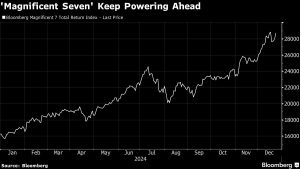






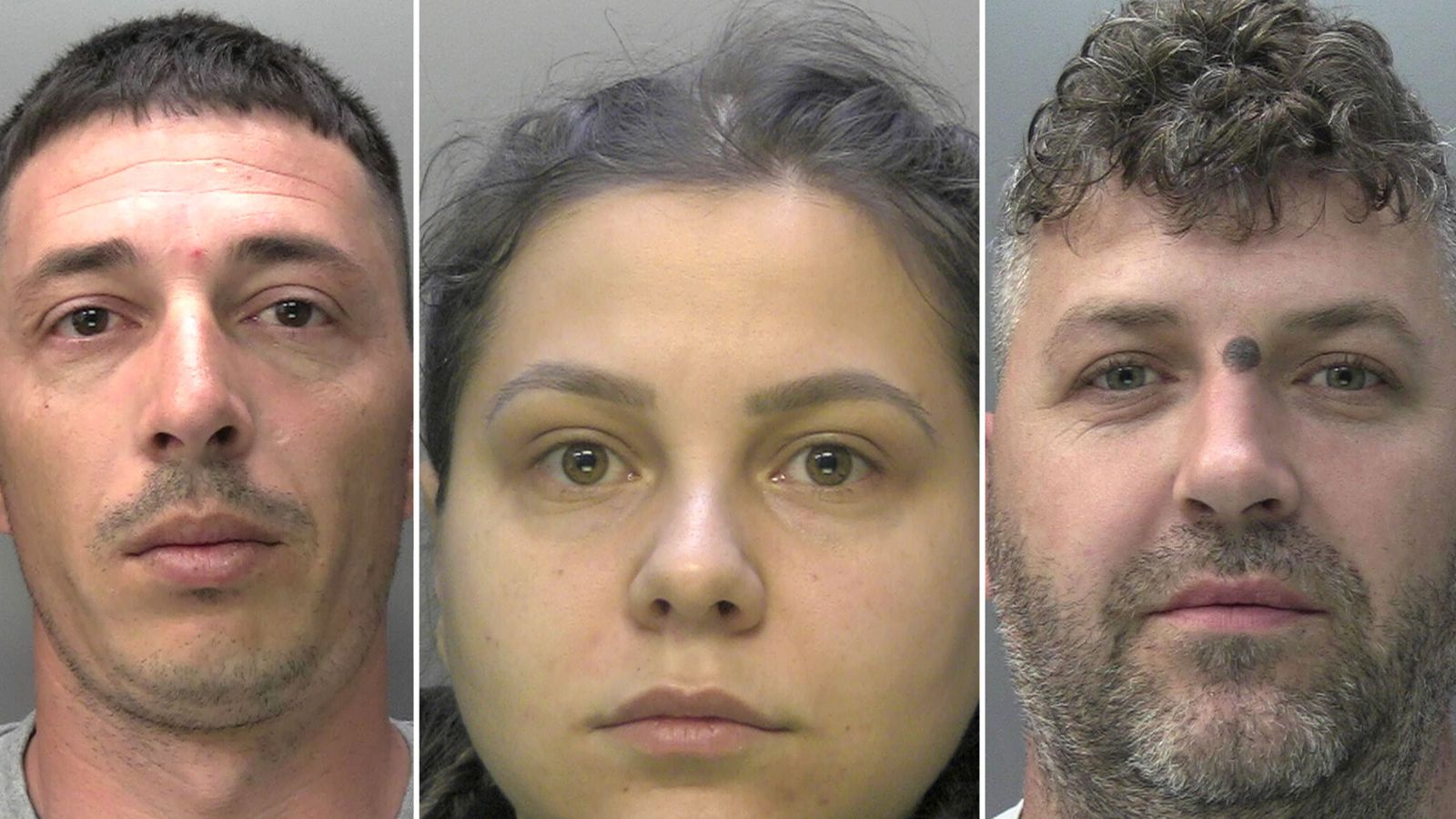
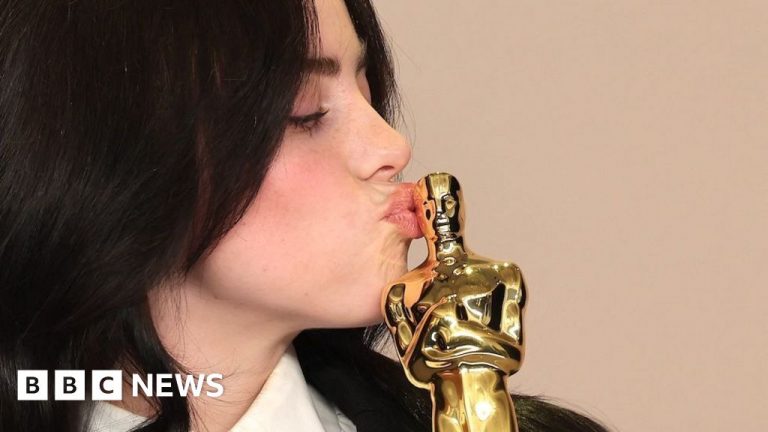

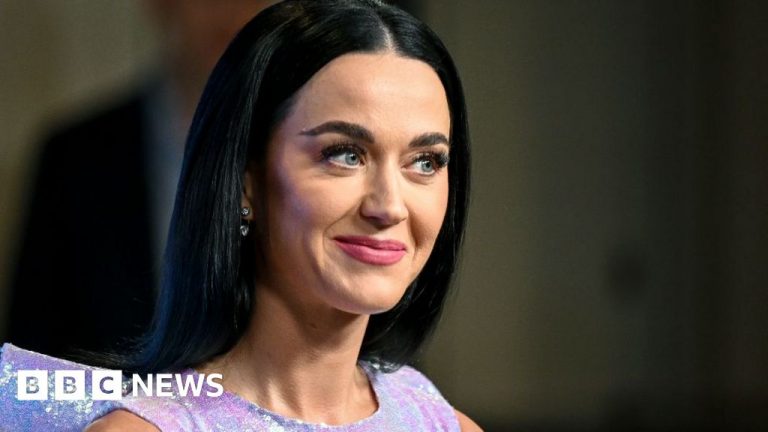
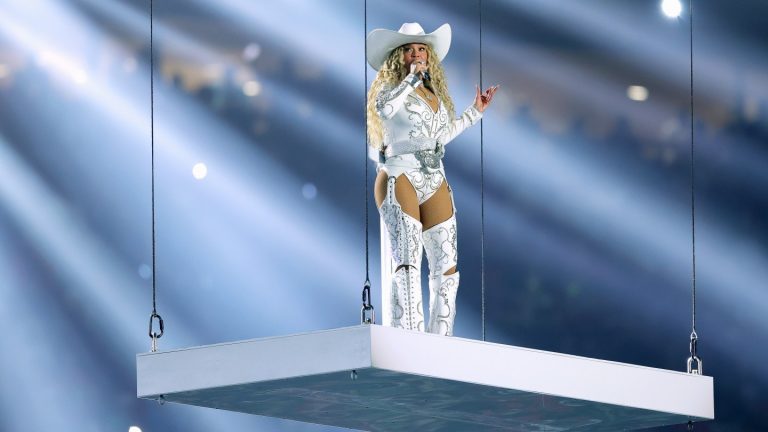






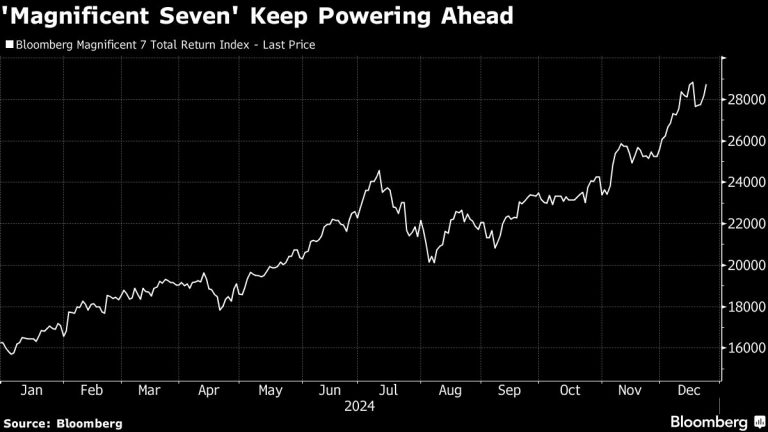
+ There are no comments
Add yours